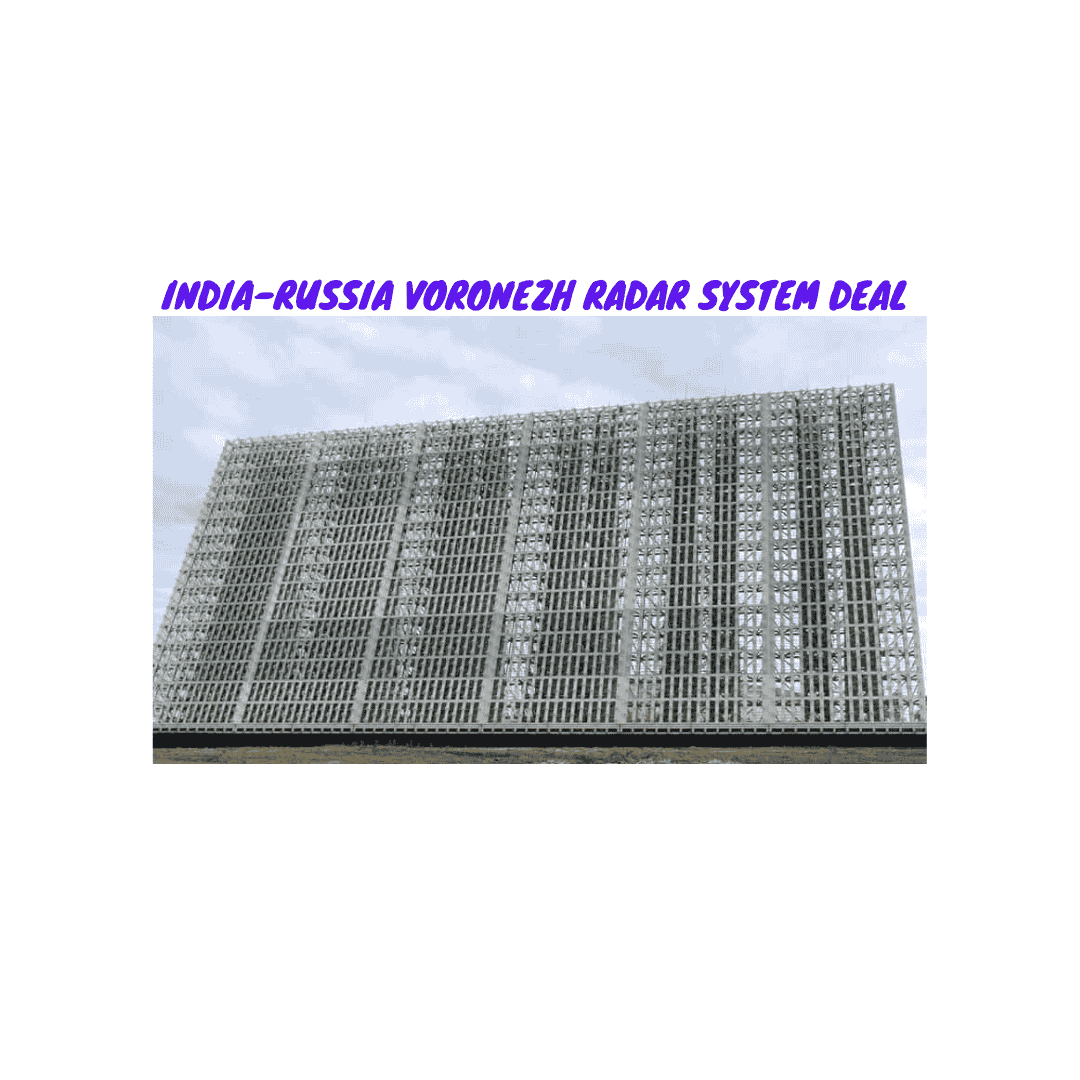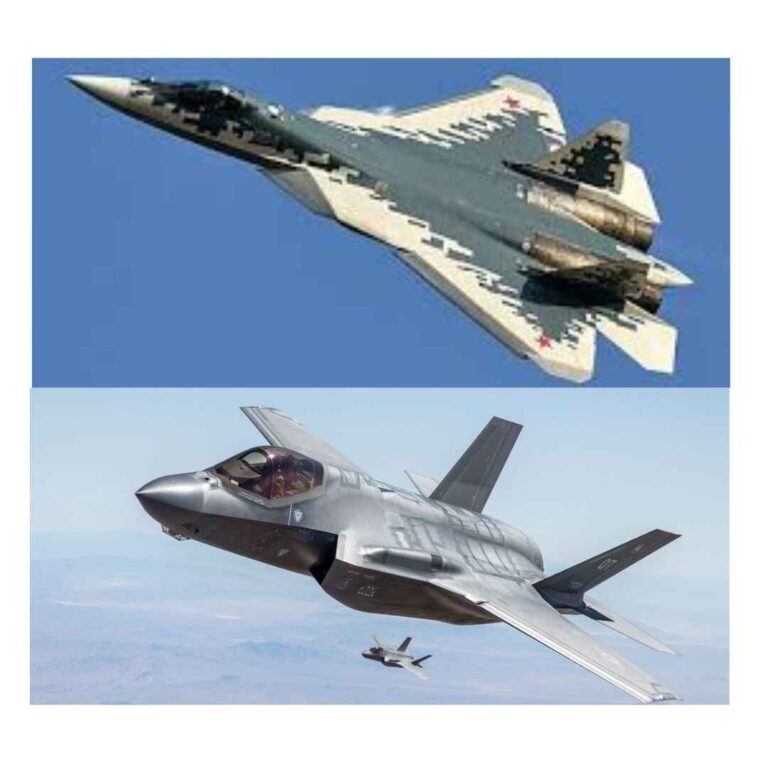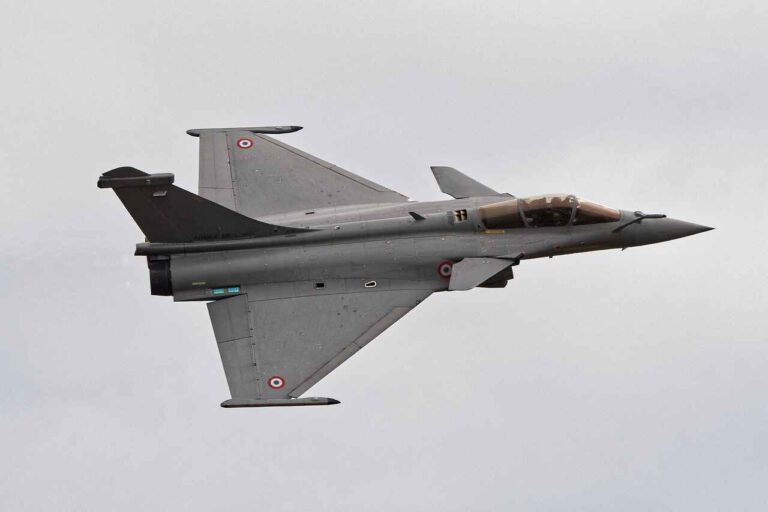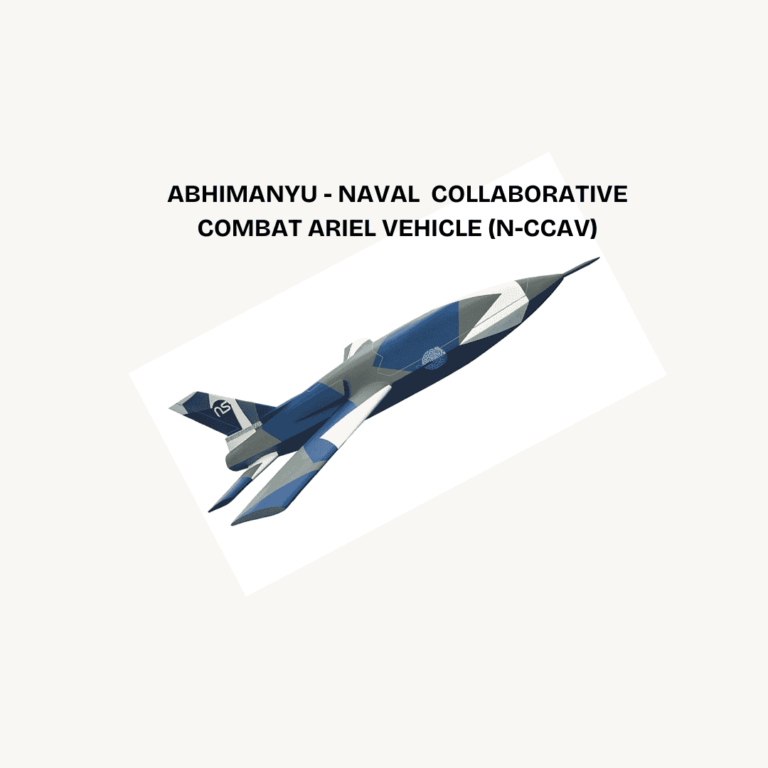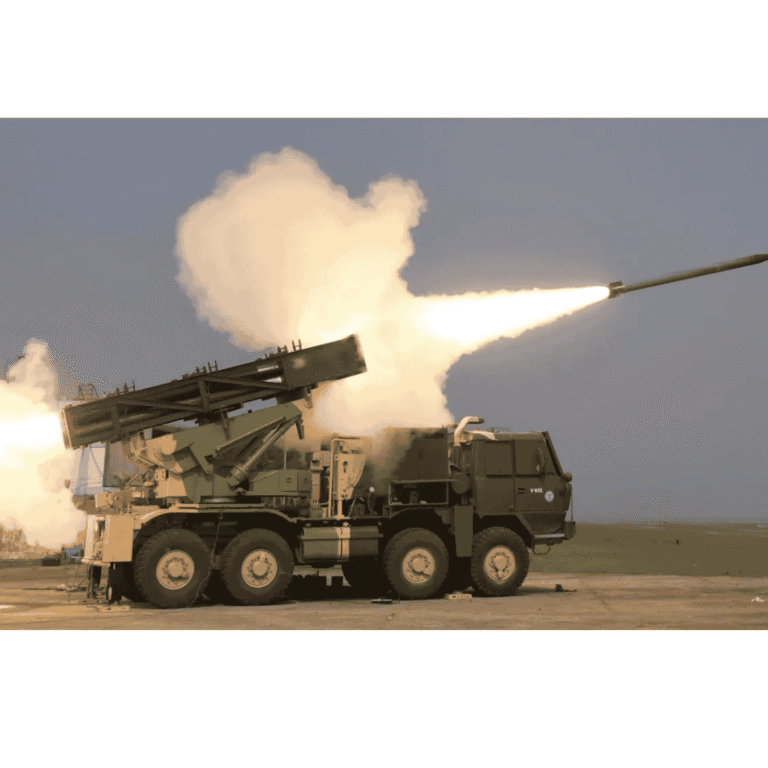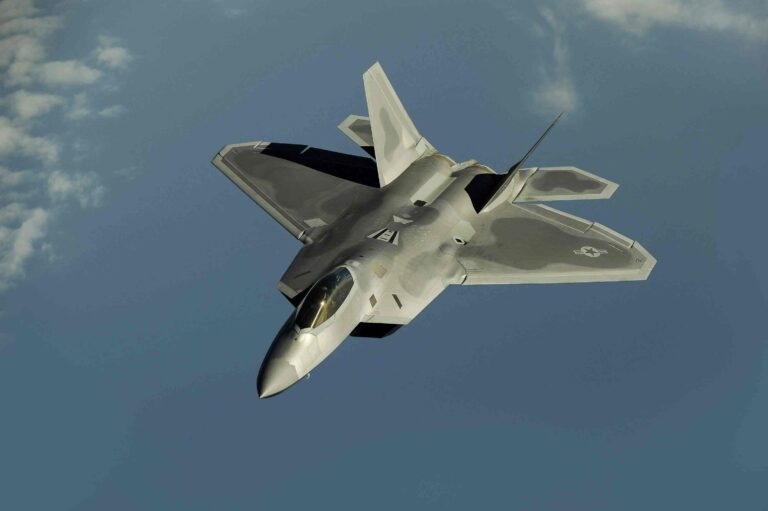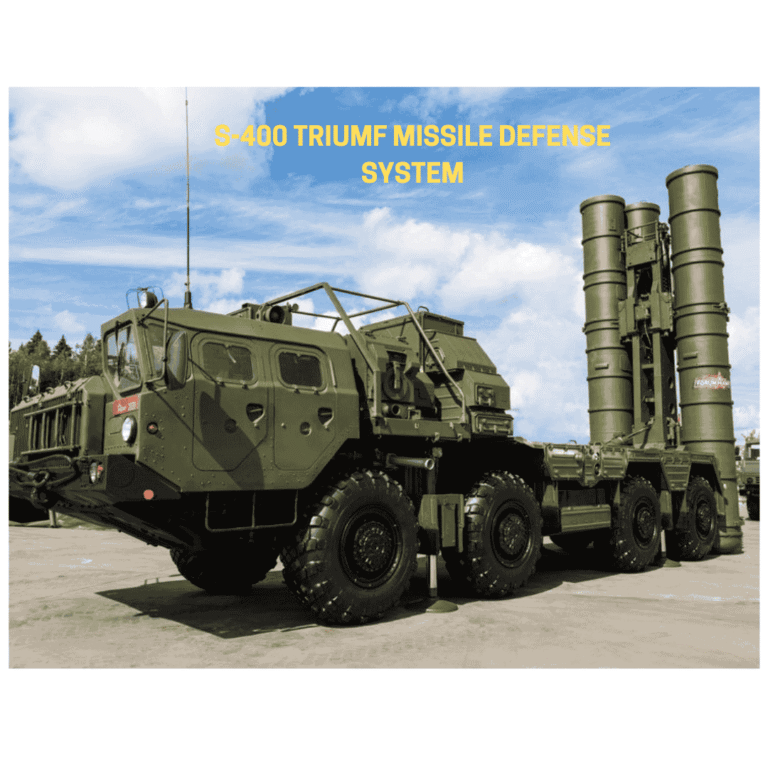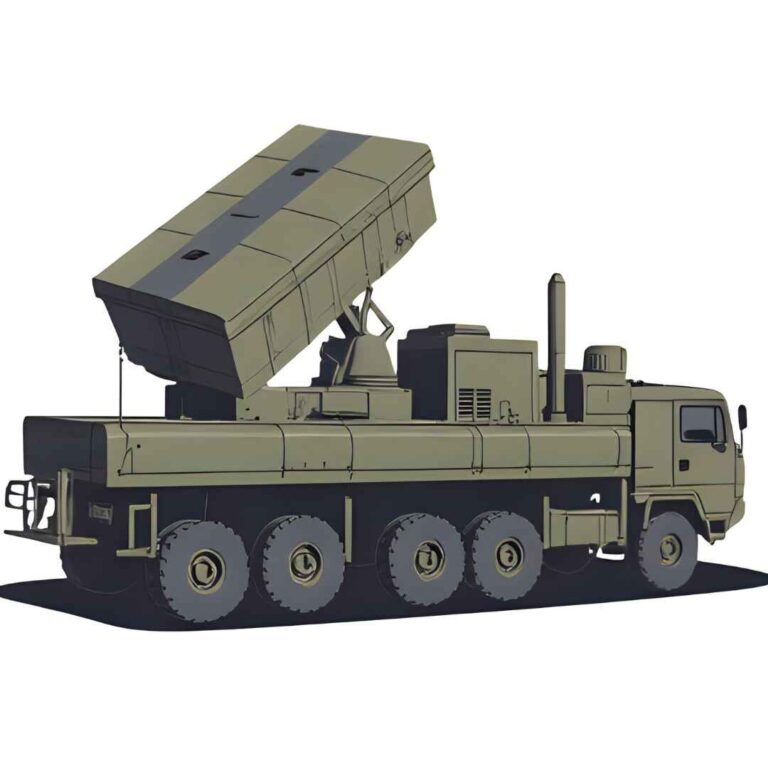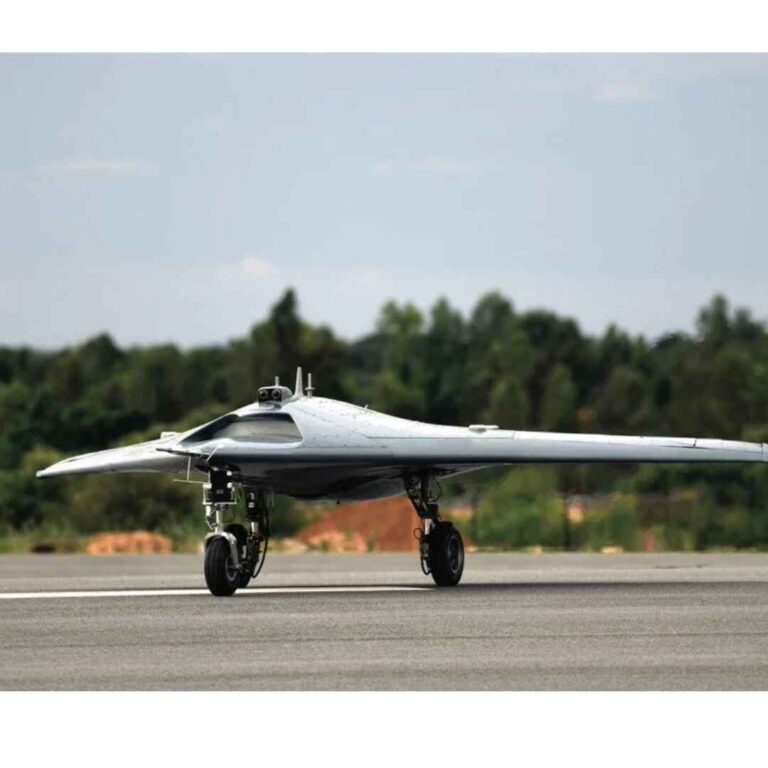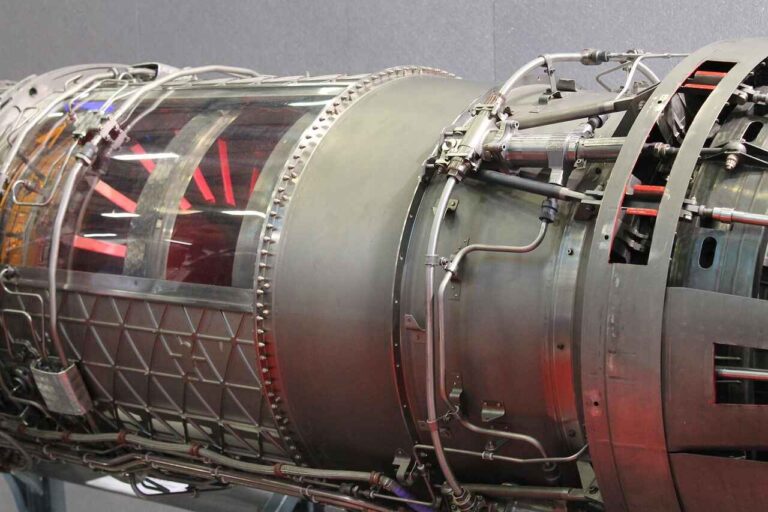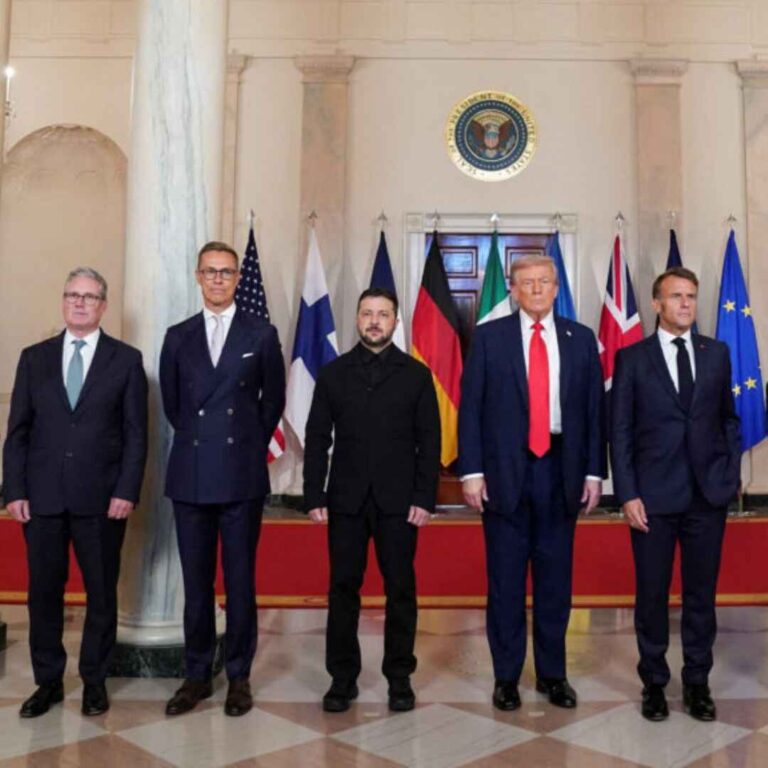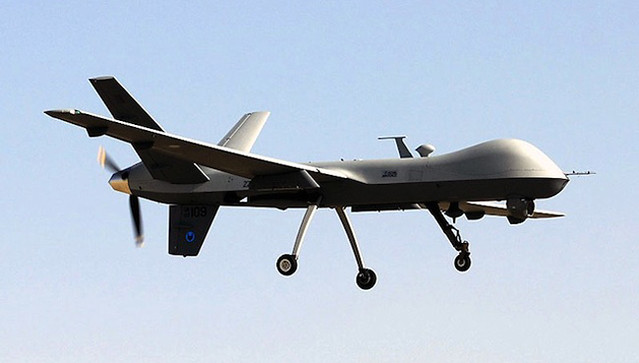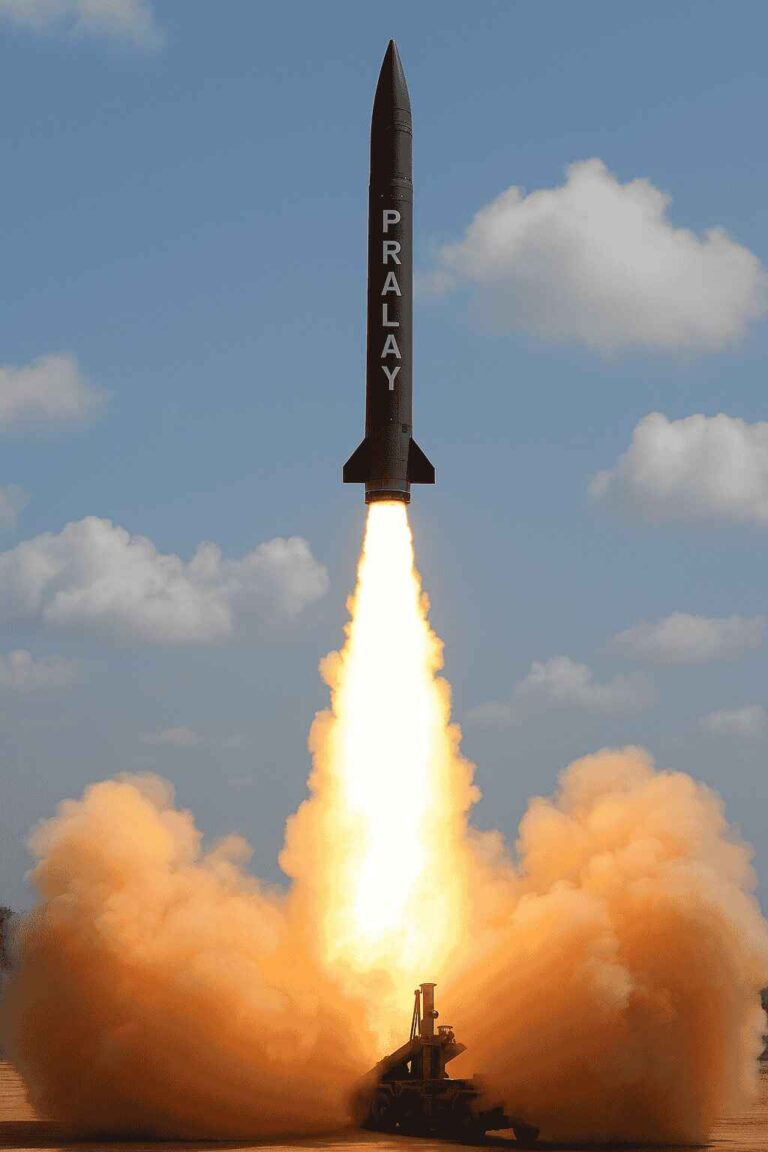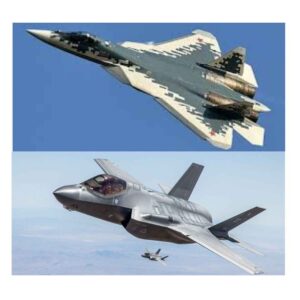Introduction
India and Russia are reportedly in the final stages of negotiations for a significant defense deal to bolster India’s air defense infrastructure. Valued at over $4 billion, the agreement centers around the potential acquisition of Russia’s advanced Voronezh radar system, a state-of-the-art long-range early warning system with capabilities extending beyond 6,000 kilometers.
The ongoing discussions coincide with Indian Defense Minister Rajnath Singh’s official visit to Russia, highlighting the deep military-technical cooperation between the two nations. The Voronezh radar, developed by Almaz-Antey Corporation—a leading manufacturer of anti-aircraft missile systems and radars—is recognized globally for its advanced capabilities in tracking and monitoring aerial threats.
Counter-Stealth and Sensor Fusion Capabilities
The increasing deployment of stealth fighters and drones by China, coupled with Pakistan’s potential acquisition of J-35A stealth fighters, necessitates advanced detection systems. The Voronezh radars, in conjunction with Russia’s Nebo series, present a robust counter-stealth capability through multiband detection. By operating in VHF, UHF, and L bands, these radars can effectively detect and track stealth aircraft.
The VHF band ensures initial detection, cueing the UHF radar for enhanced tracking, which further cues L-band or centimetric wavelength radars for precise identification. This layered approach enables comprehensive detection and tracking of low-observable targets, offering India a credible counter-stealth solution.
The Voronezh radar represents a technological leap in early warning systems, boasting a maximum range of 10,000 kilometers, a vertical range exceeding 8,000 kilometers, and a horizon detection range surpassing 6,000 kilometers. It is designed to identify and track a variety of threats, including ballistic missiles, fighter aircraft, intercontinental ballistic missiles (ICBMs), and even stealth platforms. The system’s ability to monitor over 500 objects simultaneously and detect near-Earth objects in space further underscores its strategic value.
Russian defense officials claim the Voronezh radar’s superior sensitivity can detect objects as small as a “football ball” at extended ranges, providing unparalleled situational awareness for airspace and missile defense.
Types of Voronezh Radar System
The Voronezh radar operates across multiple frequency bands, each tailored to specific operational needs:
- Voronezh-M: A VHF-band radar designed for long-range detection, capable of tracking objects up to 6,000 km.
- Voronezh-DM: A UHF-band radar with a range of up to 10,000 km and the ability to track 500 targets simultaneously. It is optimized for detecting smaller, high-speed objects, including hypersonic and stealth platforms.
- Voronezh-VP: An enhanced VHF radar with superior target discrimination and coverage capabilities.
- Voronezh-SM: A planned HF-band variant for next-generation detection precision.
The system is noted for its rapid deployment, requiring 12-18 months for construction compared to the decade-long timelines of its predecessors. Its phased array technology ensures high accuracy, reduced maintenance, and energy efficiency.
Implications for India’s Strategic Posture
Should the deal materialize, India’s defense capabilities will witness a transformative boost. The Voronezh radar’s installation is anticipated in Karnataka’s Chitradurga district, an area already hosting critical aerospace facilities. From this strategic location, the system would enable comprehensive monitoring of aerial threats from China, South and Central Asia, and significant portions of the Indian Ocean Region (IOR).
This acquisition aligns with India’s broader efforts to enhance its threat detection and surveillance infrastructure amidst evolving regional and global challenges. The Voronezh radar’s integration into India’s defense framework would significantly strengthen its ability to address aerial threats, contributing to overall national security preemptively.
Local Manufacturing Under ‘Make in India’ Initiative
In line with the Indian government’s ‘Make in India’ policy, it is reported that at least 60% of the radar system will be manufactured domestically. A delegation from Almaz-Antey recently visited India to engage with local offset partners expected to play a crucial role in the project’s execution. This collaboration would not only reduce dependency on foreign systems but also stimulate the domestic defense manufacturing sector.
The potential acquisition of the Voronezh radar was a key agenda item during the high-level meeting between Defense Minister Rajnath Singh and his Russian counterpart, Andrey Belousov. The talks reinforced the enduring strategic and privileged defense partnership between India and Russia. Both nations reiterated their commitment to military-technical cooperation, emphasizing shared interests in maintaining regional stability.
Additionally, India’s Defense Minister Rajnath Singh reviewed the status of the remaining S-400 Triumph missile systems, another critical component of India’s air defense framework. The S-400 deal, signed in 2018, further exemplifies the robust defense collaboration between New Delhi and Moscow.
Current Operational Zones in Russia
The Voronezh radars are strategically deployed to provide 360-degree coverage of Russia’s airspace. Key operational stations include:
- Lekhtusi (Voronezh-M): Monitors northern Europe, operational since 2012.
- Armavir (Voronezh-DM): Dual radars cover the southwestern and southeastern approaches, replacing systems lost in Ukraine and Azerbaijan.
- Pionersky (Voronezh-DM): Provides coverage over NATO-aligned territories, operational since 2014.
- Mishelevka (Voronezh-VP): Tracks southern threats and replaced decommissioned Daryal and Dnepr radars.
- Yeniseysk, Barnaul, and Orenburg (Voronezh-DM): Fully operational as of 2017, extending coverage over Central Asia and the Pacific.
Upcoming stations at Vorkuta and Olenegorsk aim to replace aging Daryal and Dnepr systems, further modernizing Russia’s defensive reach.
Conclusion
India’s acquisition of the Voronezh radar system addresses a critical gap in its defense architecture. The system’s ability to provide early warning of ballistic missile launches and counter stealth threats aligns with India’s strategic imperatives. Despite potential diplomatic pressures, the defensive nature of the Voronezh system makes it a pragmatic choice for strengthening national security.
As geopolitical tensions persist, India’s collaboration with Russia demonstrates a commitment to safeguarding its sovereignty through cutting-edge technology. The integration of the Voronezh radar system into India’s defense network heralds a new era of strategic preparedness and operational resilience.

